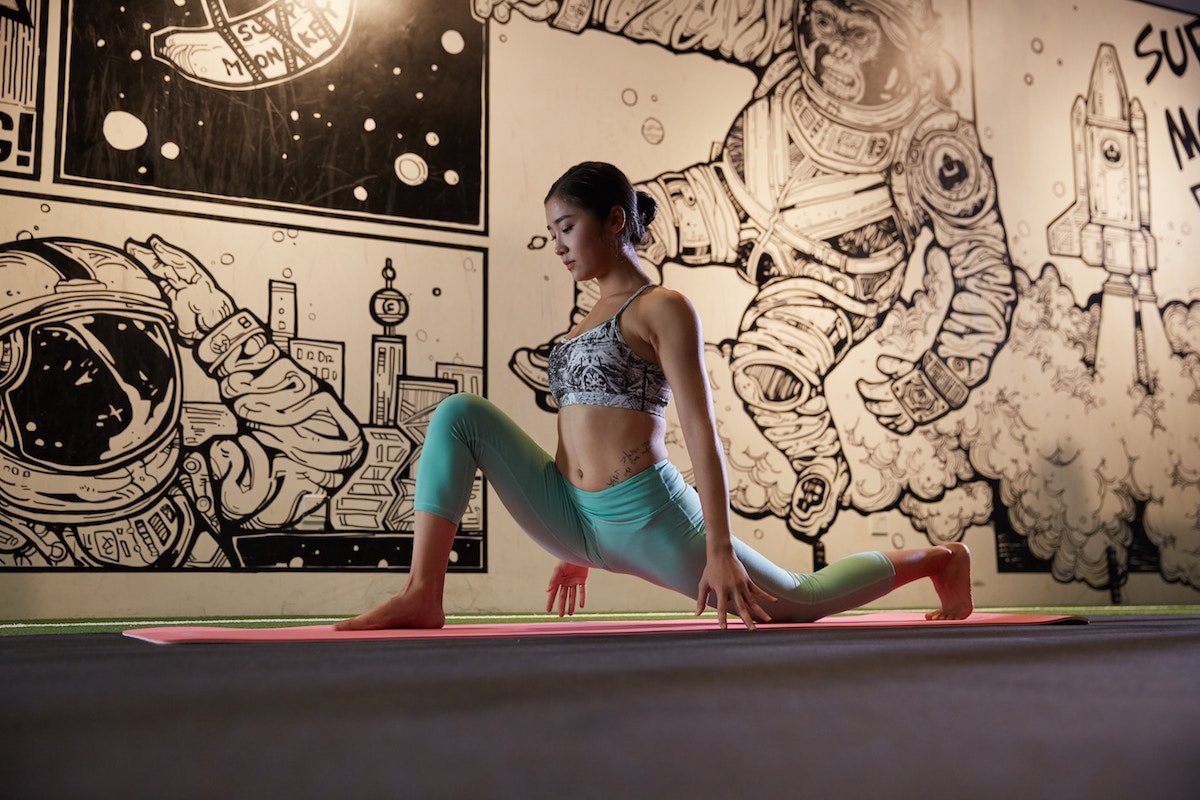By Meghan Meade
It’s hard to avoid the influence of yoga between your friends who swear by their yoga class, the mall store that sells yoga attire, and the magazine articles that talk about the healing power of yoga. Yoga has seeped into popular culture and chances are good that it’s here to stay.
Yoga may be super trendy these days but it’s actually been around for thousands of years. While the philosophy and traditions that started yoga are still studied today, but the physical practice of yoga has changed a lot to become the version that we know and love today.
Yoga is a Sanskrit term meaning ‘to yoke,’ or to bring together, which is an appropriate title because it links the mind, body and spirit. While it’s often used as a form of exercise, its benefits go beyond the physical to improve your mental and spiritual well being.
For teens considering a yoga practice, whether in a studio, at a gym or even at home with a DVD, it can be helpful to know what the potential effects of yoga can be. Some of these benefits include improvements in the following:
- Flexibility
- Strength
- Balance
- Endurance
- Stress management
- Mental clarity
- Sleep habits
Yoga is often known for reducing anxiety, which makes it a great tool to use when stress comes knocking. Modern living comes with so much stress from social, economic, environmental, and academic pressures, and developing a yoga practice is a smart way to help mitigate the stresses that you may encounter in daily life.
But where do you start? First of all, knowing how the different types of yoga can help you decide what type might work best for you. While there are many types of yoga, some of the most popular include:
- Ashtanga: a rigid form of yoga in which a series of set postures are followed in order. A yogi who practices this form of yoga can’t proceed to the next posture in the Ashtanga series until he or she has mastered the last. Good alignment and balance are emphasized.
- Bikram: similar to Ashtanga in that it is comprised of a series of specific postures, but differs in that it’s practiced in a heated room that is often around 105 degrees. There is less focus on linking breath to movement and less attention given to upper body strength.
- Hatha: Hatha is an umbrella term that refers to any physical practice of yoga; so any form of yoga can be considered ‘Hatha.’ Typical Hatha classes offered today provide basic postures and breath work performed at a moderate, not flowing pace.
- Iyengar: a form of yoga dedicated to achieving perfect alignment in postures. Good for all levels, Iyengar encourages good posture through the use of blocks, straps and other props.
- Kundalini: a constantly flowing practice that’s centered around the theory that human energy is much like a sleeping serpent at the base of the spine that can be awakened and brought throughout the body with invigorating postures and breathing exercises.
- Power/ Vinyassa: the two names are often used interchangeably and comprise very athletic forms of yoga that are based on the Ashtanga tradition. But instead of requiring a strict sequence of postures, power and vinyassa yoga offer flexibility in how the poses are practiced. Note that power and vinyassa types of yoga may or may not be done in heated studios, which can impact students differently.
- Yin: a more passive form of yoga that focuses on opening and lengthening connective tissue by holding postures, often in seated positions, for several minutes. Yin yoga is a more gentle and meditative practice that is a nice compliment to more rigorous forms of yoga.
- Restorative: this type of gentle yoga is all about relaxation. Seated and lying down postures are held for extended periods of time and students may support themselves with pillows or bolsters to promote relaxation.
Whatever type of yoga you chose to do, keep in mind that yoga is intended to be an individual practice that helps you get in touch with who you are. You are encouraged to proceed through your practice at your own pace, pursue postures at a level of difficulty that you find suitable, and listen to your body when it tells you to back off. If you are open to it, yoga can foster a mind-body connection that will provide incredible positive benefits for you, both on and off the mat.
This article is republished from Bodimojo’s website here with their permission.










